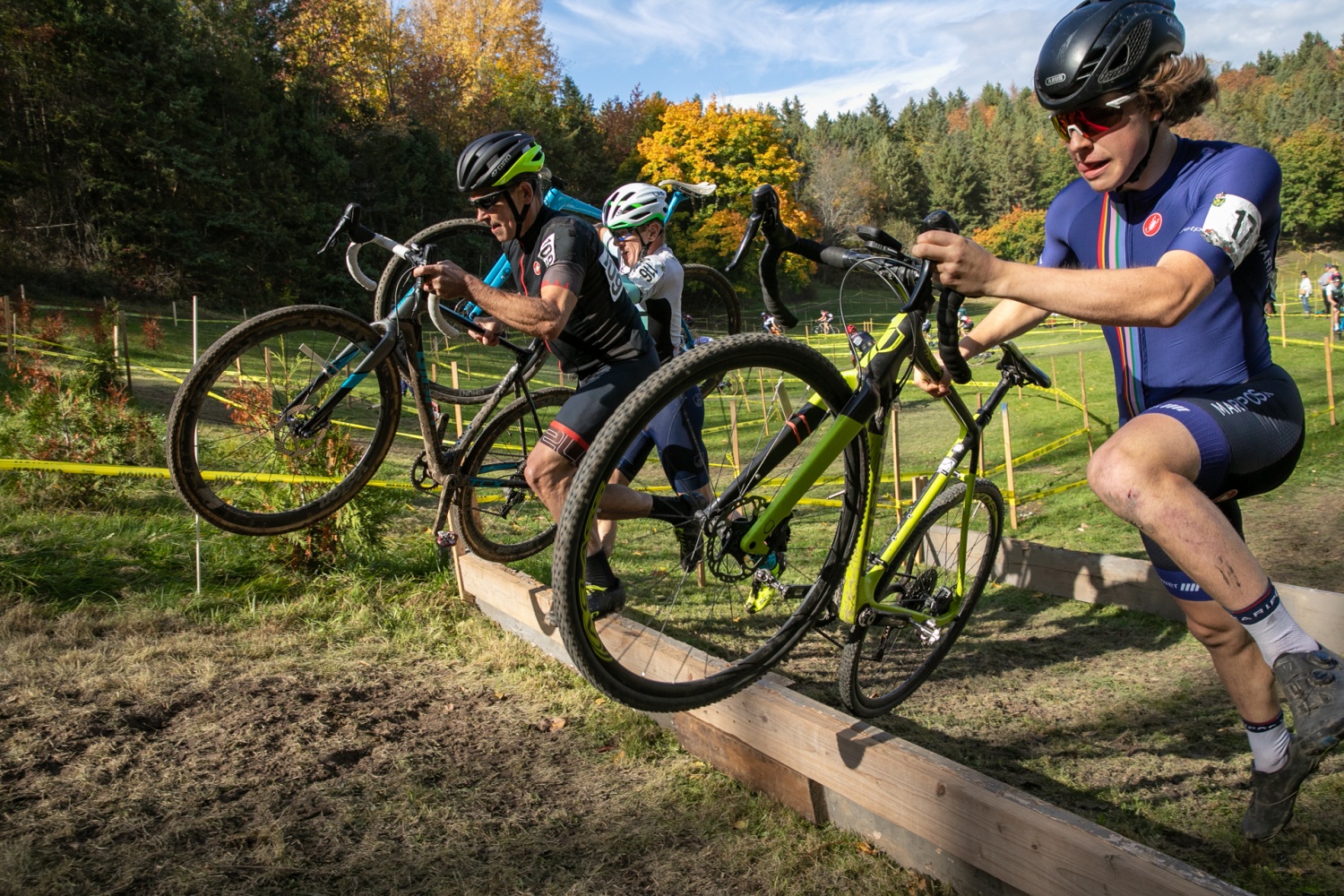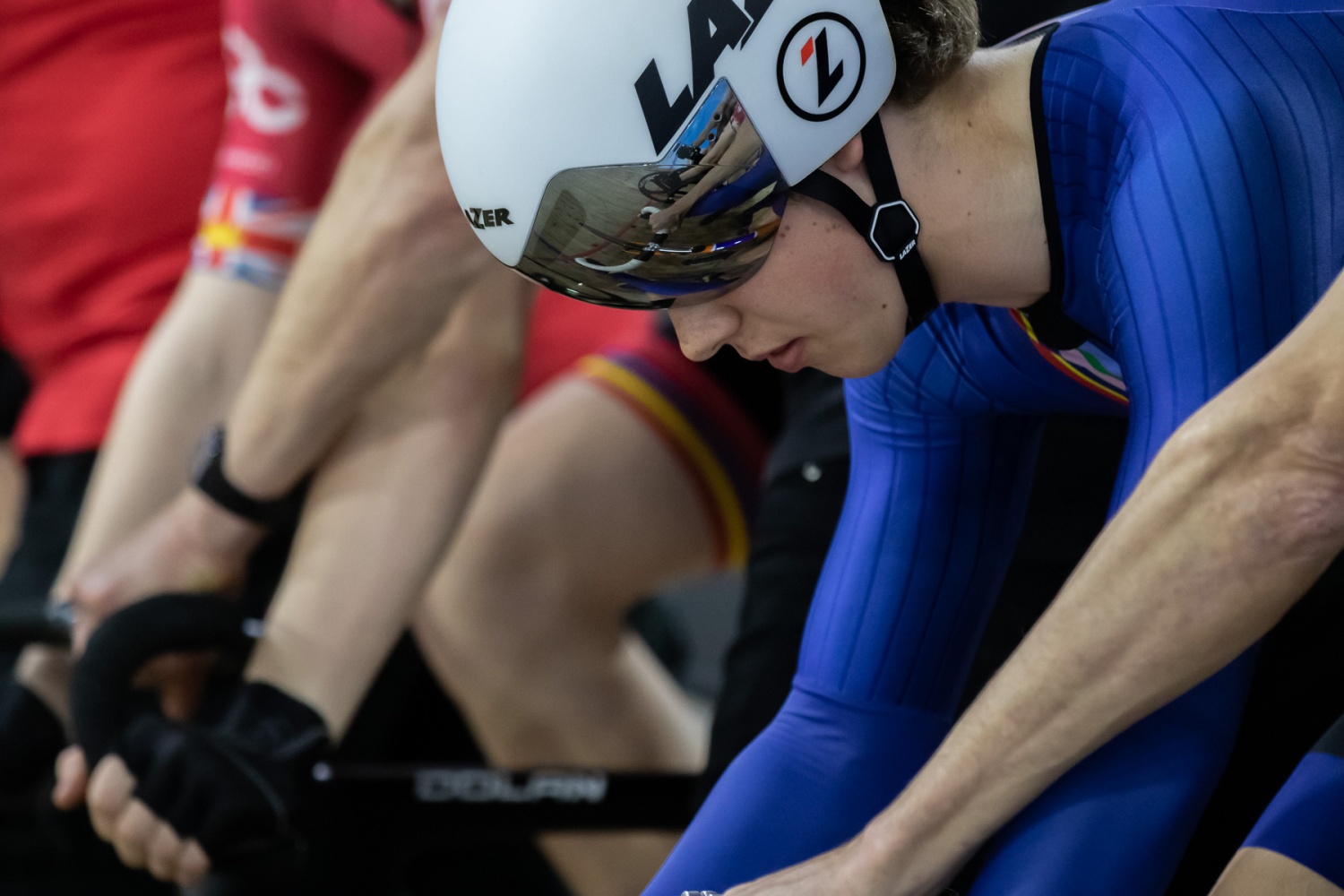The best bike racers aren’t always the strongest or the fittest cyclists on the start line but are often those who have a deep understanding of how to race and are mentally prepared for the challenge. In a nuanced sport with countless variables, which often change as the race evolves, developing a sense of how to control as many of those variables as possible, determines the outcome. Each race provides an opportunity to learn and develop race skills and race craft. As the sport is in constant evolution, even the veteran learns with each race start.
The best way for a novice or developing racing cyclist to improve is to race. Yet many cyclists specialize too early in their development curve, selectively choosing races and disciplines based on their skills and expected outcome.
It’s easy to believe that fitness will win the race, and sometimes it does at less competitive levels, but as the level of competition increases, tactical sense, race preparation and grit often become the winning factors. Powermeters and other performance analysis tools will provide fitness and training guidance, while racing will teach positioning in the peloton, energy saving, timing, pacing, and how to gauge your competition. Cycling is a game of poker where you’re always trying to figure out what cards your opponent has and how best to play a hand–with experience, the rider will learn to bluff, read others’ body language and sense when is the right moment to put their cards on the table to fight for the victory. The mental game is as important as the physical.
On the start line, most racers are nervous. That energy can be positive, and performance inducing, or crippling. Learning to control pre-race anxiety is a skill developed with experience. With each race, the athlete develops their routine—what to eat prior, what clothing to pack, how to prepare their equipment, what warm-up works best etc. With preparation and experience, the racer can reduce the anxiety inducing variables and can focus on the performance and being their best. Experience, trial and error, failing or winning, will increase learning and with patience, will make a better bike racer.
For North American racers, the racing calendar is thin in comparison to how many events a European rider might compete in throughout a season. In northern Europe, there are road races most weekends from spring to autumn. A keen racer will extend their season through the winter where there are weekly cyclocross and velodrome races. To bridge the gap in race experience and race speed, a North American can’t be overly selective–each discipline has attributes that will help develop the athlete: mountain biking and cyclocross build technical skills and overall body strength, track racing builds speed while teaching pacing and pack dynamics in a compressed environment, while on the road, cyclists can build endurance, speed, tactical acumen and climbing ability. To progress to the highest level of the sport, each of those athletic qualities must be strong.
North American pelotons are often smaller than those in Europe. In North American, a junior peloton is rarely over 100 riders and often has fewer than 50, while in Italy they’ll balloon over 200. Racing frequently will increase a rider’s comfort level in a bunch and, for juniors, racing up a category with the elites, or in open category gravel or gran fondo events, will help better prepare them to compete internationally while also challenging them physically and mentally as they’ll usually ride longer distances against tougher competition. One benefit of Junior racing in the United States is that they are able to race in more than one race in a day. For example, they can race a junior event i the morning and then race up with the Elite men or women later that day.
For youth, racing on the velodrome is ideal, as numerous micro races in one track session allow for constant learning and direct feedback from coaches or peers. Progression can also be easily quantified in the somewhat controlled environment. Not only can racers improve their tactical knowledge and comfort in the bunch races but they can also refine their time trial/aerodynamic position and individual effort pacing in the timed events. The repeated intense efforts help to teach how crucial proper fuelling is during a day of racing.
Eating during a race differs from training. With consistent physical intensity and intense mental focus, racers often forget to eat and drink during an event, find it too hard to consume food during the effort or struggle to hold it down. With experience, the racer will soon learn what foods they find easy to consume and digest, how often they need to eat and how much they need, and can hold down. Most individuals have different preferences and tolerances and it takes time to figure out what works best for them.
As winter sets in, it’s a good time to reflect and explore opportunities for growth and improvement in 2023. Seize every racing opportunity possible, as each race will elevate your depth and level as a cyclist.





